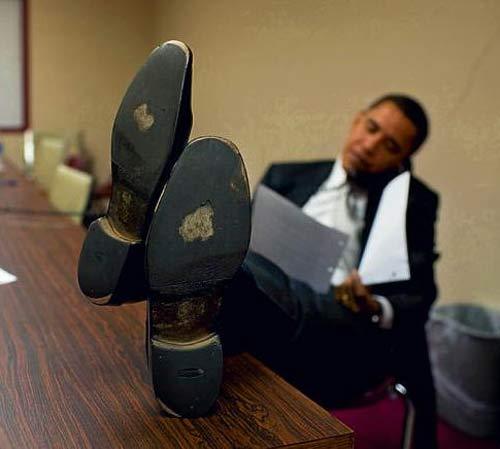
A long time ago, when I first started buying high-quality footwear, I used to have my cobbler put sole protectors on all my shoes. Sole protectors are thin rubber sheets that can be put at the bottom of soles. They protect your shoes from wear and thus limit the number of times you need to have them resoled.
I did this for years until I realized that it wasn’t saving me much money. Having protectors put on usually costs about $25. Having soles replaced usually costs about $50-75. I found that protectors lasted about a year and a half, while leather soles could go for about three to four years. Obviously, your mileage may vary, as a lot will depend on how often you wear your shoes and what type of surfaces you walk on, but from my experience, the savings were minimal, if there were any at all.
So, what are the reasons why someone might want to get sole protectors? Well, for one, they arguably provide slightly more traction, especially on smooth, indoor floors. They could also be more economical if you don’t have someone in your area who can resole your shoes for a reasonable fee. If you send your shoes back to the original manufacturer, or to certain shoe refurbishing shops, you can pay anywhere from $125 to $300. That typically comes with more service – your uppers can be refurbished, and you might get a free pair of shoe trees or something – but if you don’t need those things, you’re effectively paying ~$125-300 for a resoling. That’s significantly more than the $50-75 a local cobbler might charge (assuming you have someone you trust).
Shoes can also be resoled only so many times, and every resoling comes with a bit of risk. Almost all welted shoes, for example, are made with a linen holdfast called “gemming.“ Some experts have noted that this can rip during a resole, and once this happens, the gemming can’t be easily repositioned, which means you shoes will walk out of shape. Thus, the fewer resolings you need to do, the better.
The downside is that sole protectors are a bit ugly, especially the ones made by Topy. Admittedly, nobody ever really sees the bottom of your shoes, but sometimes they do if you cross your legs (or become the President of the United States and put your feet on the table, right in front of a photographer, as shown above). Plus, if your sole protectors are not correctly applied, moisture can seep in, which in turn can cause rotting. Certain companies, such as Edward Green, also claim that rubber protectors prevent your soles from "breathing,” which in turn can shorten their life. (I’m skeptical of this, but you can take it for what it’s worth.)
In the end, whether or not you should add sole protectors is up to you, and a lot will depend on various factors, but at least now you know what are some of the factors you should consider. The value is not obvious.







